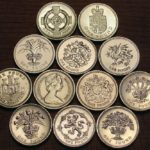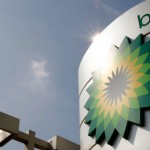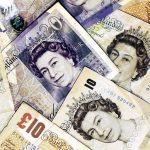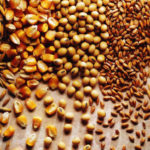The kiwi, as the New Zealand dollar is best known, hovered near the strongest level since August 2011 against its US counterpart amid speculation over possible stimulus measures in China, which heightened demand for higher-yielding currencies.
NZD/USD hit a session high at 0.8678 during late Asian trade, after which the pair consolidated to trade little changed at 0.8659 at 09:26 GMT. Support was likely to be received at March 27th low, 0.8592, while resistance was to be encountered at March 28th high 0.8697, also the pairs highest since August 2011.
Risk sentiment remained heightened after the Chinese Premier Li Keqiang said on Friday that his country can’t ignore “difficulties and risks” from a slowdown in the economy and that China is ready to deal with any economic volatility that occurs this year. He also added policy makers are confident growth will fluctuate in a reasonable range.
Kiwis demand was pressured earlier in the day, after data showed that the NBNZ business confidence index slowed down to 67.3 in February, from 70.8 in the previous month, which however was the strongest since 1994.
Last week, New Zealand posted higher-than-expected trade surplus and Reserve Bank of New Zealand (RBNZ) Deputy Governor Grant Spencer said the rebuilding of Christchurch would add to inflation risks.
A report showed the nation had a trade surplus of 818 million NZ dollars (around $706 million), more than the 600 million forecast by analysts and the largest trade surplus since April 2011.
The RBNZ was the first central bank from the developed economies, to raise its cash rate. The central bank raised its benchmark interest rate by 25 basis points to 2.75% on March 13th.
In a speech at Hong Kong, Deputy Governor Spencer indicated that the RBNZ’s loan may have reduced pressure on the nation’s currency.
The kiwi dollar has climbed 5.4 percent this year, the most among 16 major currencies tracked by Bloomberg Correlation-Weighted Indexes.
Elsewhere, The Aussie traded little changed, but was poised for the biggest quarterly gain since 2011 against its US counterpart, before the Reserve Bank of Australia policy meeting tomorrow, when officials are forecast to refrain from lowering interest rates for a third-straight time this year.
AUD/USD hit a session high at 0.9259 at 00:45 GMT, after which the pair trimmed advances to trade little changed at 0.9240, losing 0.09% for the day. Support was likely to be received at March 27th low, 0.9216, while resistance was to be met at March 28th high, 0.9295, also the pair’s highest since November 21.
The Aussie headed for a 3.5% gain in the three months through March against its US counterpart, the best quarterly performance since 2011, as 27 of 33 economists in a Bloomberg News poll, predicted that RBA will refrain from lowering borrowing costs this year, while all of them forecast no change in the benchmark rate from the current record-low 2.5 percent at tomorrow’s meeting.





